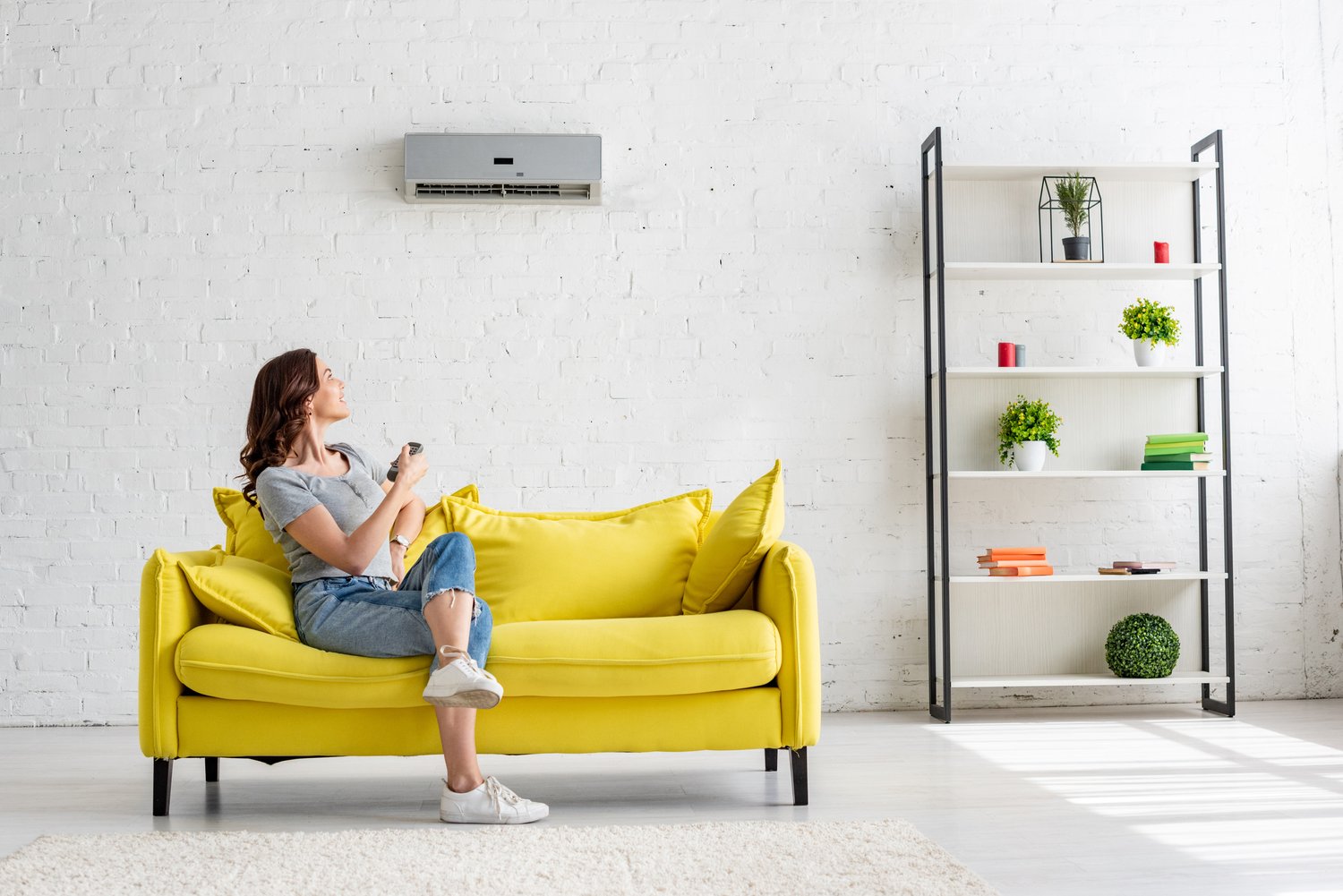Have you ever noticed that certain rooms in your home are always too hot or too cold, regardless of your thermostat setting? This common household dilemma is often caused by using a single thermostat to control the temperature of your entire home. HVAC zoning systems offer an innovative solution by allowing you to control the temperature independently in different rooms or areas of your house. This technology not only enhances comfort for everyone in your household but can also lead to significant energy savings and extended equipment life.
Understanding HVAC Zoning Systems
An HVAC zoning system essentially divides your home into distinct climate-controlled areas, each with its own thermostat. These zones operate through a series of dampers installed within the ductwork that open and close to direct airflow where it’s needed. When one zone reaches its desired temperature, the dampers close to that area while continuing to heat or cool other zones that haven’t yet reached their set points. This level of control is one of the primary HVAC zoning system benefits that homeowners appreciate.
Traditional HVAC systems treat your entire home as a single unit, which can be inefficient and uncomfortable. For instance, if your upstairs bedrooms tend to be warmer due to rising heat, while your basement stays cool, a traditional system might leave some areas too hot while others remain too cold. Zoning systems address this fundamental problem by allowing for controlling temperature in different rooms according to individual preferences and the unique characteristics of each space.
Key Benefits of Zoned HVAC Systems
Implementing customized home comfort solutions through zoning provides numerous advantages beyond basic temperature control. Perhaps the most significant benefit is the potential for energy savings with zoned HVAC systems. When you’re not heating or cooling unused spaces, you can reduce your energy consumption considerably. Industry experts estimate that zoning can save homeowners up to 30% on their heating and cooling costs, depending on usage patterns and home configuration.
Comfort customization is another major benefit. Family members often have different temperature preferences, and zoning allows everyone to enjoy their ideal environment without conflict. The person who’s always cold can keep their bedroom warmer, while the hot-natured individual can maintain a cooler space elsewhere in the home. This level of personalization transforms how people experience their living spaces.
Additionally, zoning systems can extend the life of your HVAC equipment by reducing unnecessary operation. When your system doesn’t need to work as hard to maintain comfort throughout the entire house, it experiences less wear and tear. This can translate to fewer repairs and a longer lifespan for your heating and cooling equipment, providing even more long-term cost benefits.
Common Applications for HVAC Zoning
Certain home designs and situations particularly benefit from installing HVAC zones. Multi-level homes are prime candidates for zoning, as heat naturally rises to upper floors while lower levels remain cooler. In these homes, zoning can compensate for the natural temperature stratification that occurs.
Homes with large windows or significant sun exposure in certain areas also benefit from zoning. Rooms with extensive western-facing windows might experience substantial temperature increases in the afternoon, requiring additional cooling that would be wasteful if applied to the entire house.
Specialty rooms such as home theaters, exercise spaces, or home offices often have different cooling needs than the rest of the house due to equipment heat generation or occupancy patterns. HVAC zoning allows these spaces to be maintained at appropriate temperatures without affecting other areas.
Rarely used guest rooms or formal dining spaces can be maintained at minimal comfort levels when unoccupied, then adjusted when needed. This targeted approach to temperature control exemplifies the practical application of controlling temperature in different rooms.
Installing a Zoned HVAC System
Converting to a zoned system can be accomplished either during a new HVAC installation or as a retrofit to an existing system. The complexity and cost depend largely on your home’s current ductwork configuration and the number of zones desired. While some enthusiastic DIYers might attempt simple zoning projects, professional installation is typically recommended for optimal performance and warranty protection.
A qualified HVAC specialist from a service like AskHomey can evaluate your home’s layout, existing HVAC equipment, and your comfort goals to design a zoning system that addresses your specific needs. The installation process typically involves adding zone dampers to your ductwork, installing multiple thermostats, and setting up a central control panel that orchestrates the entire system.
The investment in installing HVAC zones varies widely based on home size, the number of zones, and whether you’re starting with new equipment or retrofitting. However, many homeowners find that the energy savings and comfort improvements provide excellent return on investment over time.
Maximizing Your Zoned System’s Potential
To get the most from your zoned HVAC system, consider integrating smart thermostats that can learn your preferences and adjust automatically. These advanced controls can optimize zone operation based on occupancy patterns, weather conditions, and even the time of day, further enhancing the energy savings zoned HVAC systems can provide.
Regular maintenance remains important for zoned systems, perhaps even more so than for traditional HVAC setups. The additional components, including dampers and zone control boards, should be inspected and serviced annually to ensure continued efficient operation. Proper maintenance ensures your customized home comfort solution continues to deliver the temperature control and energy efficiency you expect.
For more tips and to connect with reliable home service professionals, follow AskHomey on Facebook and Instagram.



